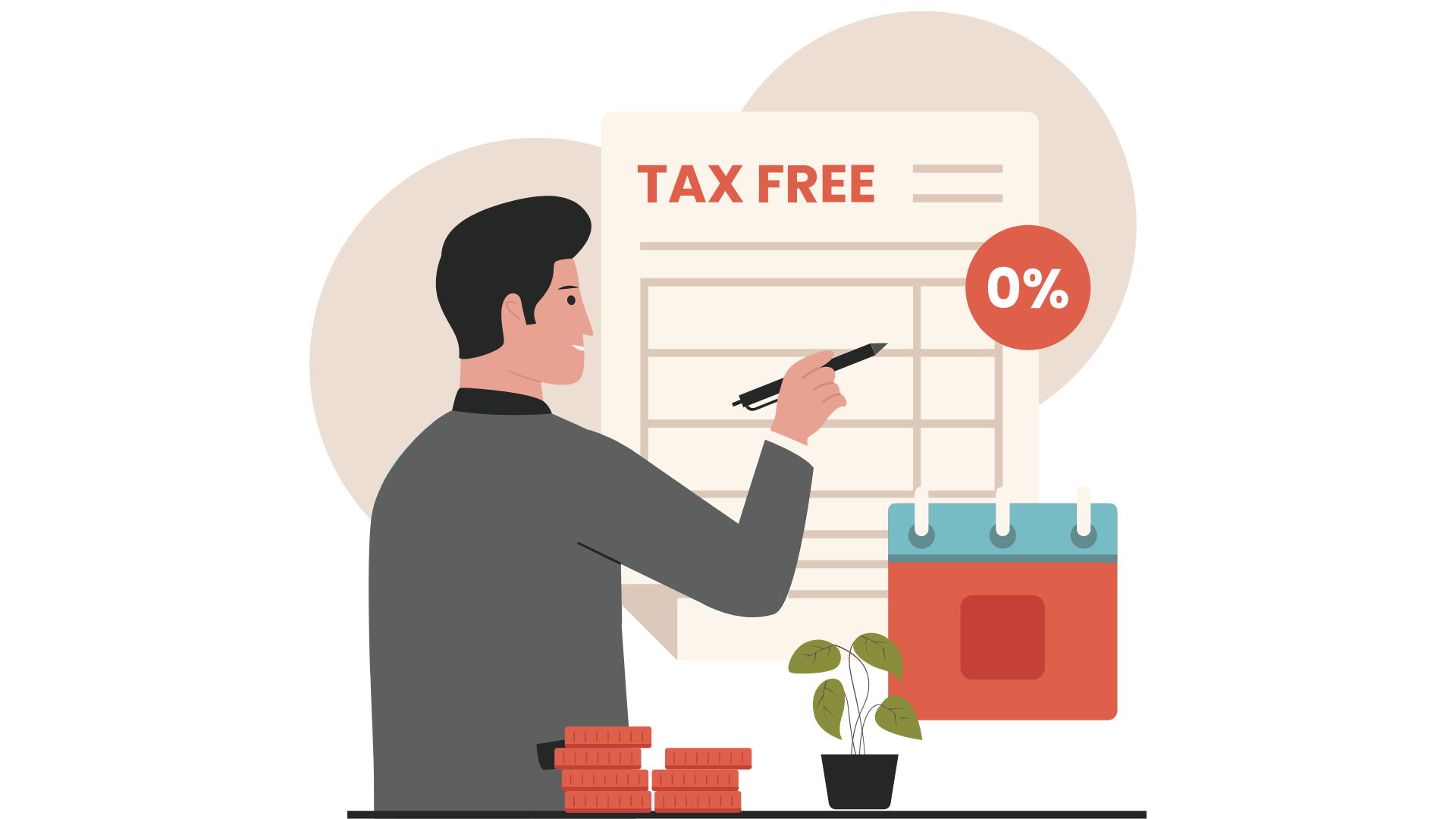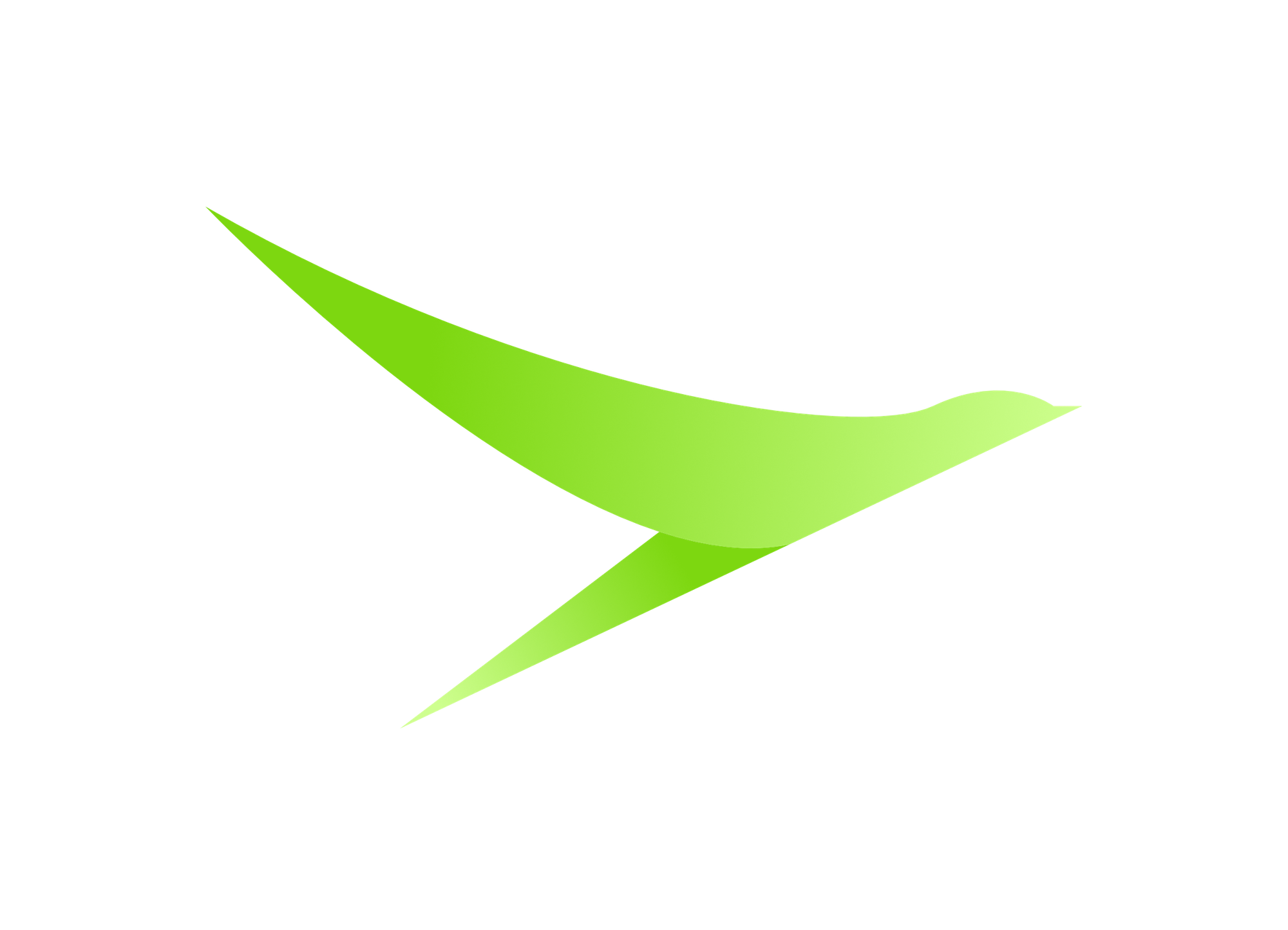Understanding tax-free accounts can be tricky. You might wonder what these accounts are, how they work, and how they can benefit you.
In this article, you'll find clear and straightforward answers to these questions. We'll explore different types of tax-free accounts, explain their advantages, and show you how they can fit into your financial plan.
What Are Tax-Free Accounts?
Tax-free accounts are special financial accounts in which earnings, such as interest, dividends, or capital gains, are not taxed. This makes them an excellent tool for growing wealth over time.

The most common tax-free accounts are:
- 529 Plans: These accounts are specifically for education costs.
- Roth IRA: This is a retirement account where you contribute money that has already been taxed.
- HSA: These accounts are used to save for medical expenses.
Using tax-free accounts can significantly reduce your tax burden and allow your savings to compound more effectively.
529 Plans: Saving for Education
A 529 Plan is a tax-advantaged account specifically for education savings. There are two types:
- Prepaid tuition plans: Lets you lock in current tuition rates
- Education savings plans: Lets you invest your contributions
529 plans are sponsored by states, state agencies, or educational institutions.
Contributions and Limits
You can contribute to a 529 Plan with after-tax dollars, and the money grows tax-free. There are no annual contribution limits, but each state has a lifetime limit, usually between $235,000 and $550,000. Contributions are considered gifts for tax purposes, so you can give up to $17,000 per year per beneficiary without incurring federal gift taxes.
Qualified Expenses
Funds from a 529 Plan can be used for various educational expenses. These include tuition, fees, books, supplies, and equipment. You can also use the funds for room and board if the student is enrolled at least half-time. These plans now also cover K-12 tuition expenses (up to $10,000 per year) and certain student loan repayments.
Benefits of 529 Plans
The main benefit of a 529 Plan is the significant tax advantage it offers. Your contributions grow tax-free, and withdrawals are also tax-free. Many states offer tax deductions or credits for contributions to their 529 Plans, making it a smart financial move for your education savings.
Considerations and Drawbacks
With 529 plans, it's crucial to know that the investment options are typically limited to the plan's offers. Also, if you withdraw funds for non-qualified expenses, you'll face income taxes and a 10% penalty on the earnings portion of the withdrawal. Understanding these penalties can help you make informed decisions about your 529 Plan.
Roth IRAs: Tax-Free Retirement Savings
A Roth IRA is an individual retirement account where your investments grow tax-free. Unlike traditional IRAs, you contribute after-tax dollars to a Roth IRA. This means you don't get a tax break when you put money in, but your withdrawals in retirement are completely tax-free.
Contributions and Limits
You can contribute to a Roth IRA with after-tax dollars. The IRS sets annual limits on how much you can contribute. For 2024, the maximum contribution is $6,500 if you're under 50 and $7,500 if you're 50 or older.
However, your ability to contribute depends on your income. If you're a single filer, the contribution phase-out range is between $146,000 to $161,000. It's between $230,000 to $240,000 for married couples filing jointly.
Qualified Expenses
You can withdraw money from your Roth IRA tax-free and penalty-free if you meet certain conditions. You must be 59½ years old and have had the account for at least five years.
Additionally, you can use Roth IRA funds for several qualified expenses without penalty. For example, you can use up to $10,000 for a first-time home purchase, certain education costs, and unreimbursed medical expenses.
Benefits of Roth IRA Plans
The main benefit of a Roth IRA is the tax-free growth and withdrawals. Also, these plans don't have required minimum distributions (RMDs) during your lifetime, giving you more flexibility with your savings.
Considerations and Drawbacks
With the Roth IRA plan, you contribute after-tax dollars, so you don't get an immediate tax deduction. Also, if your income is too high, you might not be able to contribute directly to a Roth IRA.
Health Savings Accounts (HSAs): Tax-Free Health Savings
An HSA plan is available to individuals with high-deductible health plans (HDHPs). You can use the money in your HSA to pay for qualified medical expenses. HSAs offer triple tax benefits: contributions are tax-deductible, the account grows tax-free, and withdrawals for qualified expenses are tax-free.
Contributions and Limits
You can contribute to an HSA with pre-tax dollars. The contribution limits are set annually by the IRS. For 2024, the maximum contribution is $4,150 for individuals and $8,300 for families. If you are 55 or older, you can make an additional "catch-up" contribution of $1,000 annually.
Employers can also contribute to your HSA, which counts toward your annual limit.
Qualified Expenses
Funds in an HSA can be used for a variety of qualified medical expenses. These include doctor visits, hospital services, prescription drugs, dental care, vision care, and over-the-counter medications. You can also use HSA funds to pay for health insurance deductibles, copayments, and coinsurance.
Benefits of HSA Plans
The triple tax advantage is the most notable benefit. Also, HSA funds roll over from year to year, so you don't lose your savings if you don't spend them within the year. The money in your HSA can be invested in stocks, bonds, or mutual funds, potentially increasing your savings.
Considerations and Drawbacks
It's important to note that to be eligible for an HSA plan, you must have a high-deductible health plan. These plans typically require you to pay more out-of-pocket costs before the insurance starts to pay.
Additionally, suppose you withdraw HSA funds for non-qualified expenses before age 65. In that case, you'll face a 20% penalty plus income tax on the amount, which can significantly reduce the value of your HSA.
Comparing Tax-Free Accounts
Understanding the differences between tax-free accounts can help you choose the best options for your financial goals.
Takeaway
Tax-free accounts like Roth IRAs, HSAs, and 529 Plans offer significant benefits for your savings and investments. By understanding how each account works and its specific advantages, you can make more informed decisions to meet your financial goals


